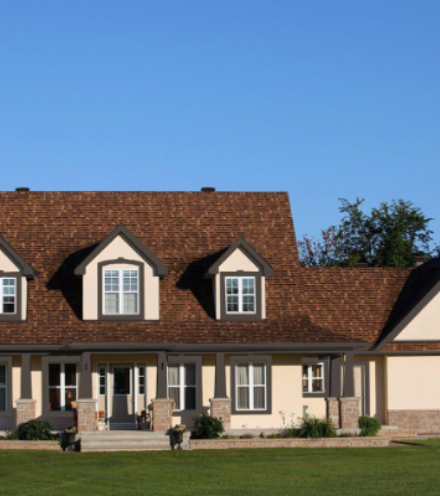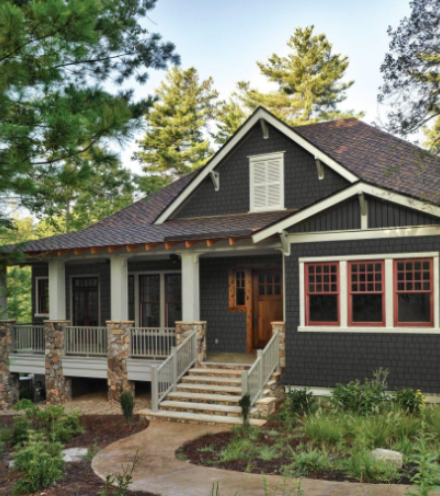There is little doubt that brick homes are classically beautiful, but since the '70s construction of brick homes has steadily declined. The past few decades have brought advances in home exteriors that compete heavily with traditional materials like brick. It is easy to deduce that the natural disadvantages associated with brick have negatively impacted its popularity, particularly when compared to higher-performance siding materials. Brick veneer is more trendy than solid brick construction, allowing homeowners to get a brick facade on existing homes, but also has many of the same flaws.
Here are three major issues with brick that have contributed to its decline in demand.
1. Repairs are Expensive and Time-Intensive

Brick had once been the material of choice for exteriors where strength and longevity are important. The fact that there are still historic brick homes and building are a testament to the staying power of brick. However, what homeowners unfamiliar with brick may not realize is just how expensive this material is to maintain.
When damage occurs to brick, repairs are rarely a simple process. The removal of damaged or old bricks isn't as quick as simply popping a new brick in. Multiple bricks may need to be removed and mortar be replaced. Essentially when damage occurs the brick in the weak area must be completely removed and rebuilt. This can quickly become an expensive repair and on that isn't able to be done quickly.
When fiber cement panels must be replaced, due to old age or accidental damage, it can be done easily and quite quickly. Repairs will be less expensive than brick and the contractor will be able to complete the project much more quickly when compared to the same size damage on a brick wall.
2. Lack of Adaptability to Climate Changes

Brick is a very rigid material and therefore doesn't have very much flex or give to it. All climates experience changes in temperature, but some regions have much more intense swings in temperatures or seasonal changes. Brick and mortar simply can't expand and contract when this occurs repeatedly. Eventually the brick and mortar will wear down, crack, or otherwise gradually fail. Additionally, home in regions where earthquakes and shifting are common will find out sooner or later that brick simply won't shift with the home's foundation.
Fiber cement is capable of expansion and contraction during significant temperature swings, allowing it to bend with the home rather than crack against the pressure. It's slight flexibility also helps when the earth and thus the home's foundation shifts naturally. While any significant weather catastrophes or earthquakes certainly can wreak havoc on even the most durable siding material, fiber cement is still going to outlast brick.
3. Vulnerable to Moisture Damage

The porousness of bricks and the mortar used in construction can hold in moisture, especially during sustained rainy or humid weather. This is most often a problem with poor-quality brick and mortar materials, but over time can happen to even fairly well-built exteriors. When moisture becomes trapped in the brick and/or mortar it invites mold and fungus to grow. The issue will only continue to worsen, eventually lead to chips, cracks, and crumbling.
Moisture damage is the most common symptom of failed siding, which is a big reason why fiber cement is being seen on more homes every year. Fiber cement is naturally resistant to moisture and easily sheds rain rather than collects it. In fact, fiber cement is so resilient against moisture than it is a recommended siding for homes in regions where heavy rain, storms, and high humidity are common problems.
Brick will always have its own niche in home exterior design, but its drawbacks simply can't be ignored when compared to the fiber cement siding alternative. Fiber cement siding has an aesthetic appeal, excellent durability, and remains more affordable than traditional brickwork. Homeowners that are unsure of whether brick or brick veneer is a good choice for their home should consider how these two materials truly contrast to one another.




